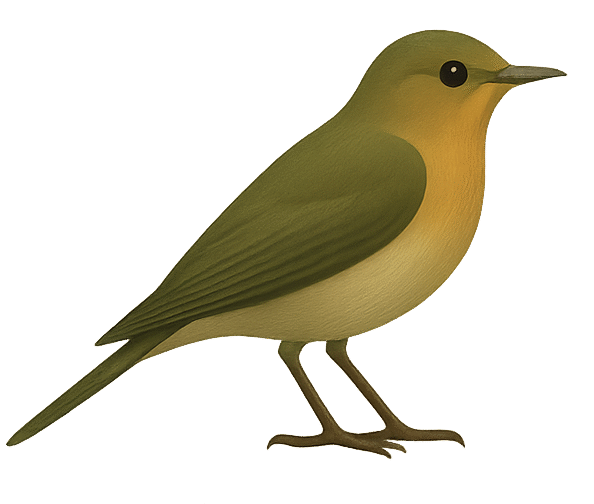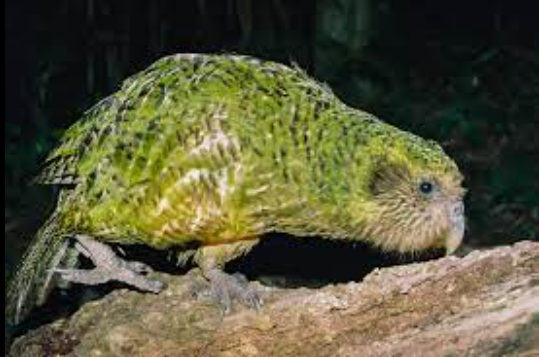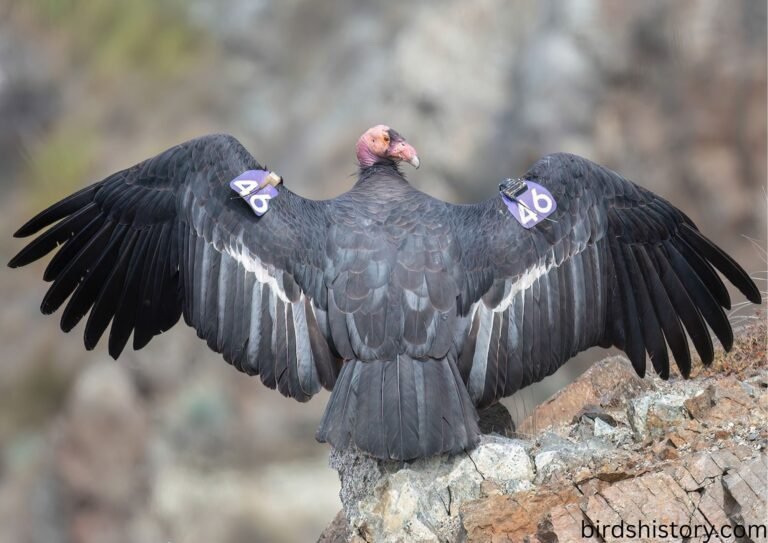The Golden Pheasant: Nature’s Dazzling Jewel of the Bird World
The golden pheasant, scientifically known as Chrysolophus pictus, is a truly captivating bird. With its brilliant golden crest, fiery red body, and striking green back, it looks like something painted by an artist rather than designed by nature. Native to the forests of China, this bird is a symbol of beauty, elegance, and mystery.
The Golden Pheasant is not just admired for its looks. Bird enthusiasts and casual nature lovers alike are fascinated by its unique behavior, remarkable adaptations, and cultural symbolism. A fun fact? Despite its flashy feathers, the Golden Pheasant is surprisingly shy and often prefers to hide in dense vegetation rather than show off its colors.
This article takes you through everything you need to know about the Golden Pheasant—its classification, lifestyle, diet, conservation status, and why it holds a special place in both the wild and human imagination.
Taxonomy / Classification
Understanding where the Golden Pheasant fits in the bird world gives context to its evolutionary background:
- The Golden Pheasant has a few other names, including the Chinese Pheasant and the Rainbow Pheasant.
- Scientific Name: Chrysolophus pictus
- Family: Phasianidae (the pheasant family, which also includes partridges, turkeys, and junglefowl)
- Order: Galliformes
- Class: Aves
The genus Chrysolophus also includes the Lady Amherst’s Pheasant, another striking species with long flowing tail feathers and a contrasting black-and-white cape. Together, these birds represent some of the most ornamental species in the pheasant family.
Physical Description
The Golden Pheasant is often described as one of the most beautiful birds in the world—and for good reason.
Also read: /the-great-argus/
- Size: On average, it measures 90–105 cm (35–41 inches) in length, though most of that length comes from its long tail. Males are larger than females.
- Weight: Typically ranges between 500–900 grams.
- Male Appearance:
- A prominent feature is the golden-yellow crest, which resembles a hood draped over its head.
- Bright red body plumage with hints of orange.
- Green upper back and dark wings.
- Long barred tail, patterned in brown and black.
- Orange “cape” feathers that can be raised like a fan during courtship.
- Female Appearance:
- Much duller, with mottled brown feathers for camouflage.
- Smaller crest and shorter tail compared to males.
Pheasants commonly exhibit significant physical differences between males and females, a trait known as sexual dimorphism. While males flaunt their colors to attract mates, females blend into the environment to protect themselves and their chicks.
Habitat and Range
The Golden Pheasant originates from western and central China, particularly in the mountainous forests of Sichuan, Shaanxi, and Gansu provinces. However, due to its beauty, it has been introduced to other parts of the world.

- Native Range: China’s dense bamboo forests and woodlands.
- Introduced Range: Populations exist in the United Kingdom, New Zealand, and parts of North America, where they thrive in captivity or semi-wild conditions.
- Preferred Environment: Thick undergrowth, bamboo thickets, and forest edges where they can feed safely while staying hidden.
Unlike migratory birds, Golden Pheasants are sedentary, meaning they stay in one area throughout the year. Their strong legs allow them to run swiftly, often preferring to run rather than fly when startled.
Diet and Feeding Habits
The Golden Pheasant has an omnivorous diet, feeding on both plants and small animals:
- Plant-based foods: Seeds, leaves, grains, and berries.
- Animal-based foods: Insects, grubs, and small invertebrates.
They forage mostly on the ground, scratching the forest floor much like chickens. Interestingly, Golden Pheasants play an important role in seed dispersal, helping maintain the ecological balance of their habitats.
Behavior and Lifestyle
Golden Pheasants are shy, secretive birds despite their flamboyant appearance.
- Aside from the breeding season, these birds are typically found alone or in small groups.
- Flight: Short bursts of flight, usually to escape predators or reach a roosting spot in trees. They are not strong fliers.
- Nesting: Ground-nesting birds, often hidden under thick vegetation.
- Vocalizations: Soft clucks and whistles, not as loud as other pheasant species.
- Courtship Displays: Males fan out their golden capes, spread their wings, and circle females while making low calls. Their display is considered one of the most striking in the bird world.
Reproduction and Lifespan
Breeding is a spectacular affair for Golden Pheasants:
- Breeding Season: Usually April to June.
- The nests are simple, shallow depressions in the ground, typically concealed by dense bushes or tall grass.
- Eggs: Females lay between 8–12 eggs, which are pale cream or light brown.
- Incubation: Around 22–23 days, solely handled by the female.
- Baby golden pheasants are born with downy feathers and can walk on their own shortly after hatching.
- Lifespan:
- In the wild: 5–6 years on average.
- With proper care, a golden pheasant can live for up to 15 years in captivity.
Predators and Threats
Golden pheasants are beautiful birds, but they face challenges in the wild.
- Natural Predators:
- Foxes
- Wild cats
- Raptors (hawks and eagles)
- Environmental Threats:
- Habitat destruction from deforestation and agriculture.
- Climate change altering forest ecosystems.
- Human Impact:
- Hunting for feathers and meat.
- Captive breeding sometimes leads to hybridization with other pheasant species.
Conservation Status
The International Union for Conservation of Nature (IUCN) has classified the golden pheasant as a species of “Least Concern,” indicating that it is not currently at risk of extinction. This means it is not considered globally threatened, largely due to its wide distribution and adaptability.
However, conservationists remain cautious because:
- Native wild populations in China may be declining due to deforestation.
- Introduced populations do not replace the ecological role of wild ones.
- Overbreeding in captivity risks genetic dilution.
Efforts are ongoing in China to preserve native habitats and monitor wild populations.
Interesting Facts about the Golden Pheasant
- Despite their striking plumage, Golden Pheasants are surprisingly hard to spot in the wild because they stay hidden in dense vegetation.
- They are sometimes called the “Rainbow Pheasant” due to their mix of red, yellow, and green colors.
- In Chinese culture, the Golden Pheasant symbolizes prosperity and good fortune.
- They are often kept in aviaries worldwide for their ornamental beauty.
- Males shed their bright feathers after the breeding season, making them look duller until the next year.
Conclusion / Summary
The Golden Pheasant is truly a jewel of the bird kingdom. From its dazzling colors to its shy nature, it embodies both beauty and mystery. Native to China but admired worldwide, it plays a small yet important role in forest ecosystems while also holding cultural and symbolic value.
While not endangered, protecting its natural habitats ensures that future generations can continue to marvel at this bird’s splendor. Learning about species like the Golden Pheasant reminds us of the delicate balance in nature and why conservation matters.

FAQs
What is the Golden Pheasant’s scientific name?
Chrysolophus pictus.
Where are Golden Pheasants found in the wild?
They are native to forests in western and central China.
Do Golden Pheasants migrate?
No, they are sedentary and stay in the same area year-round.
What do Golden Pheasants eat?
Seeds, grains, berries, insects, and small invertebrates.
How can you tell male and female Golden Pheasants apart?
Males are brightly colored, while females are brown and camouflaged.
How long do Golden Pheasants live?
In the wild, they typically live for about 5-6 years, but in captivity, their lifespan can extend to 15 years.
Are Golden Pheasants endangered?
No, they are listed as Least Concern on the IUCN Red List.
Why are Golden Pheasants important in Chinese culture?
They symbolize prosperity, luck, and beauty.
Can Golden Pheasants fly well?
Instead of flying, they would rather run and only take to the air for short distances when they have to.
Do Golden Pheasants make good pets?
They are often kept in aviaries, but they require space, proper care, and are best suited for experienced bird keepers.







